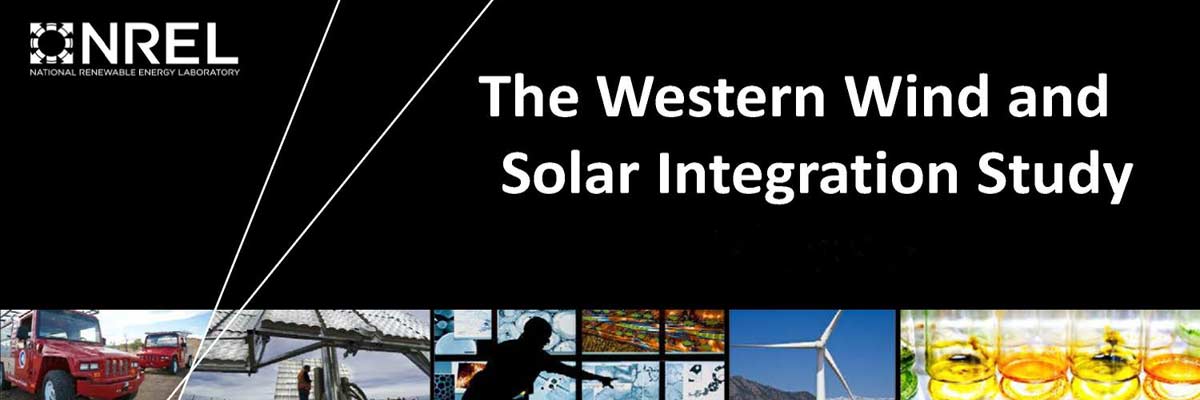Making Your Wedding Photographs Sustainable
A wedding is a wonderful time that should be enjoyed by all. If you are into sustainability you’ll want to add some ideas for keeping your wedding eco-friendly. It’s not as hard as you may think. One thing common to all weddings is the photographer. Many commercial photographers don’t use digital cameras, so you might want to think about having a photo booth at the reception instead. Why?
A photo booth is digital, so there are no poisonous chemicals being used to develop the film and no paper wasted printing out photos that you might feel are not just what you want. Rather, you can download your photos straight from the internet and examine them carefully before choosing which ones to print out.
In fact, you can also choose not to print any, but to have them all placed onto a CD or DVD or other media – even a coffee mug – so you can enjoy them whenever you like or send them to friends and family who couldn’t be at the wedding, for gifts. Besides, printed photos are at risk of loss or degradation over the years, while a DVD will last for a long time with the images on it always looking just as fresh and new as the day they were taken.
Rosalie Bay Resort Features Dominica’s First Wind Turbine
Resorts around the world continue to impress me with their commitment to sustainable practices — but Rosalie Bay Resort on the island of Dominica in the Caribbean is truly a standout.
Five years in the making, the 22-acre getaway was built on principles of conservation and preservation, surrounded by an undisturbed natural setting of mountains, lush forests, and gardens. In addition to solar panels, the resort also features a Norwin Turbine 225 kW — which provides some 70% of the power used by the 28 beautiful rooms in nine cottages. With these renewables in place, Rosalie is effectively self-sustaining; an epic achievement that’s yet still rare in today’s world of “green resorts”.
“Nature should be preserved and shared,” said Dr. Ken Watson, general manager. “Rosalie Bay Resort was designed to be environmentally sustainable while showcasing one of the most beautiful natural settings in the Caribbean. Many resorts claim to be green, but we’ve made a legitimate commitment with the wind turbine being the centerpiece of our pledge.”
My review of the NREL Western Wind and Solar Integration Study
The NREL/GE Energy WWSIS study appears to be built on several questionable assumptions, each allowing the modeled system (of up to 30% wind/5% solar in the West Connect within the great Western Interconnect) to withstand the inherent difficulties of large scale renewable integration. The primary issue, consistent with my dissertation research, is that the authors assume that we can afford to massively overbuild the capacity of the system, adding the large percentages of renewable generation on top of newly built and existing plants. This allows one to be able to ignore the hourly or sub-hourly periods with extremely low output from renewables, as well as the days or weeks at a time during the summer when wind production is well below yearly average output levels. An ample reserve is at the ready to step in when renewables perform poorly. Secondly and equally important, the authors assume that coal plants, which have traditionally run in a base load capacity, will be able to be operated very flexibly – on par with combined cycle gas plants.










